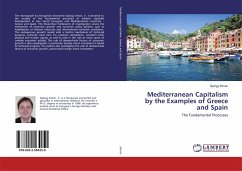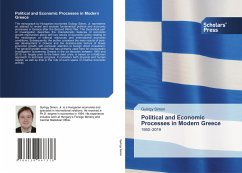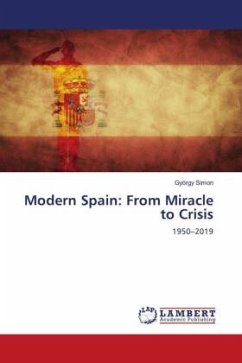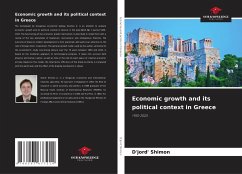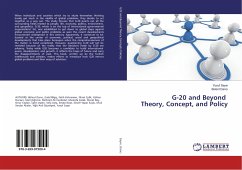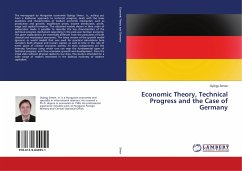
Economic Theory, Technical Progress and the Case of Germany
Versandkostenfrei!
Versandfertig in 6-10 Tagen
35,99 €
inkl. MwSt.

PAYBACK Punkte
18 °P sammeln!
The monograph by Hungarian economist György Simon, Jr., setting out from a Kaldorian approach to technical progress, deals with the basic questions and characteristics of modern economic mechanism, such as production and growth, equilibrium prices, income distribution, profit, wage and capital formation. The obtained models shown in their order of elaboration made it possible to describe the key characteristics of the technical progress mechanism operating in the post-war German economy. The given explanations are essentially different from the postulates of both classical and neoclassical ec...
The monograph by Hungarian economist György Simon, Jr., setting out from a Kaldorian approach to technical progress, deals with the basic questions and characteristics of modern economic mechanism, such as production and growth, equilibrium prices, income distribution, profit, wage and capital formation. The obtained models shown in their order of elaboration made it possible to describe the key characteristics of the technical progress mechanism operating in the post-war German economy. The given explanations are essentially different from the postulates of both classical and neoclassical economics. The latest version of the growth model (general, or world model) that was used for practical calculations here considers both physical and human capital, as well as time in the role of event space of creative economic activity. Its main components are the intensity functions using which one can map the fundamental types of technical progress, and thus economic growth and development,from the initial state without physical capital to our days. The study is intended for a wide range of readers interested in the political economy of modern capitalism.



